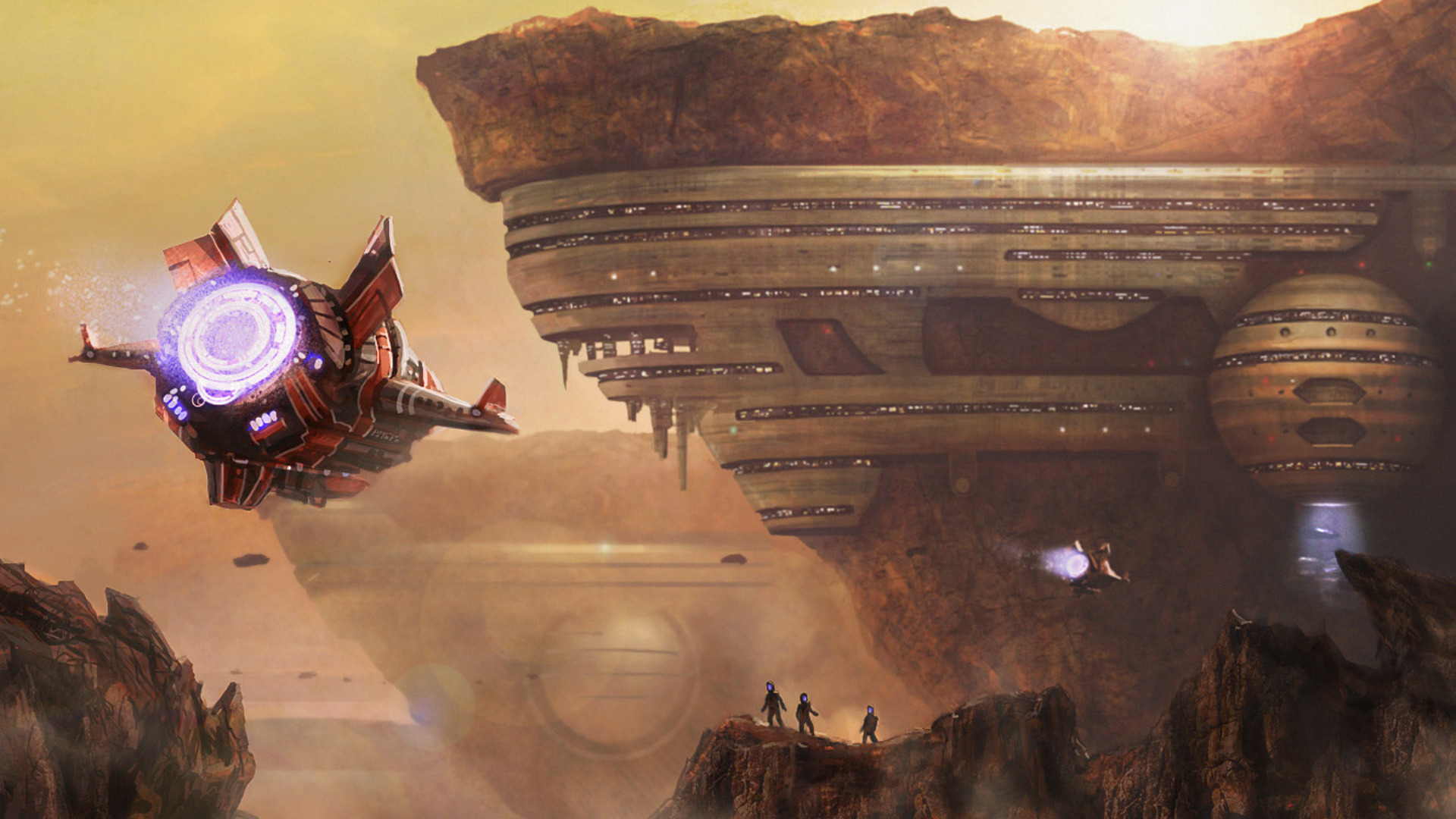Space colonization: What are hindering us?
https://www.facebook.com/notes/nguy%E1%BB%85n-t%C3%A0i-long/space-colonization-what-are-hindering-us/1112384025483978 Ever since...
https://www.facebook.com/notes/nguy%E1%BB%85n-t%C3%A0i-long/space-colonization-what-are-hindering-us/1112384025483978

Ever since Neil Armstrong imprinted his footsteps on the Lunar surface, bringing new laurels to international space exploration endeavors and effectively ending the Space Race, humanity has dreamed even more of one day settling down in space and conquering the stars. Enormous amounts of financial budget coupled with thousands of hours of research efforts throughout the years by global space programs and organizations (most prominently NASA) are gradually and laboriously bringing the human race closer to fulfillment of this centuries-long ambition. Yet, insurmountable physical challenges exist, and with them comes the uncertainty of long-term human settlement on other planets. What lies waiting for us ahead in the vastness of space? What are the requirements and how do we settle down on those planets? In fact, does the term “space colonization" really mean that humans are really able to conquer the entirety of the 93-billion-light-year observable universe?
We can theorize the process of extraterrestrial human settlement in three phases: The first phase involves finding, identifying and studying a habitable planet, the second phase is to develop the means to transport humans as well as construction materials to such planet to set up a base colony, and the third phase is about sustaining human colonial settlement and build additional colonies on that planet. Normally, a basic space colony must have the appropriate infrastructures, materials as well as sufficient provisions in order to support human life in space, essentially when it has been known that space flights can have harmful effects on the human body; these provisions include but not limited to adequate food and water supplies, habitable zones with simulated climate & temperature hospitable to life, gravity and ecology similar to that of Earth's, energy sources that can sustain metabolism, and a breathable atmosphere - the quintessential elements of survival. Moreover, the colony itself must also have grounds and provisions to support non-human life as the process of delivering supplies from Earth to it can be painstakingly slow, cost-ineffective and risky; as such, it is vital for colonists to be able to develop agriculture (plants, animals, etc.) to sustain a prolonged stay. With the advent of automated construction and manufacture methods as well as new innovations in rocket launch systems which reduce the price needed to transport materials from Earth to space, the enormous cost for setting up a space colony as well as the environmental hostilities to human habitation caused by a planet’s own ecosystem will soon be counterweighed in the near future. But what are other problems that we will be facing?
In 1961, Carl Sagan, one of the world’s most prominent astronomers at the time, proposed in one of his written arcticles the idea of modifying the atmosphere and ecology of the planet Venus (the 2nd planet from the Sun in the Solar system) to make it similar to those of Earth’s, that, if done thoroughly and precisely, can support life. In fact, the idea of altering one planet’s properties to transform it into an Earth-like planet to make it habitable (called “terraforming”) is not new. If such an operation is done, then the need to create habitable colonies can be rendered obsolete, but the costs to build and sustain a small settlement of humans in space is much less than terraforming an entire planet unless every nation on Earth could unite their resources and mutually put forward a tremendous amount of financial budget to support this operation. Despite the process being excessively expensive, humanity’s current and near-future technological capabilities can actually be able to achieve this feat if they have abundant financial resources. With a human spaceflight to Mars anticipated in at least 2035, the Red Planet is often considered one of the foremost possible candidates for terraforming operations, but whether or not this will happen in our generation is still debatable.
Another problem is with mankind’s technological limitations. If the technique of terraforming nearby planets are not feasible, one must have to look for exoplanets (planets outside of the Solar system), but exoplanets that are terrestrial are often light years away from our home, and thus is unable to reach with the current technological capabilities (currently, the nearest terrestrial planet found to be suitable for habitation is Proxima Centauri b which is already 4.2 light years away from Earth, and it should be noted that 1 light year equals 9.4 trillion kilometers. Compare this to the longest distance between Mars and Earth at only 47 million kilometers, and humans are yet able to reach Mars). To be able to travel such great distances, modern spacecrafts must possess the capability to reach the speed of light (over 1,080,000,000 kilometers per hour) or the means to endure millenia-long or even longer flights; both of which are far beyond mankind’s current level of technology since apparently New Horizons, the fastest spacecraft ever, has only managed to reach a speed of roughly 58,000 km/h. Some scientists have put forward the hypothesis of faster-than-light travel, but others have denounced it as impossible. Whatever the results of these debates may turnout, it is not expected that exoplanets can be reached in at least two generations from now.
To wrap things up, with the adaptability of humans to almost any given circumstances as well as the creativity the human brain, the means to achieve space colonization are not expected to be forever in the dark. NASA and other organizations wait anxiously to the year 2035 to send the very first men and women to Mars, but it is only a matter of time before mankind makes manned missions to not only Mars but also the rest of the Solar system, mostlikely in the 21st century. Until then can humanity proclaim its place on such planets, then set out to explore and establish new colonies there. From these colonies will come new civilizations, cultures, institutions, and individuals who - for the first time in human history - will not call Earth their home.
By Nguyen Tai Long - Diplomatic Academy of Vietnam

/english-zone
- Hot nhất
- Mới nhất

